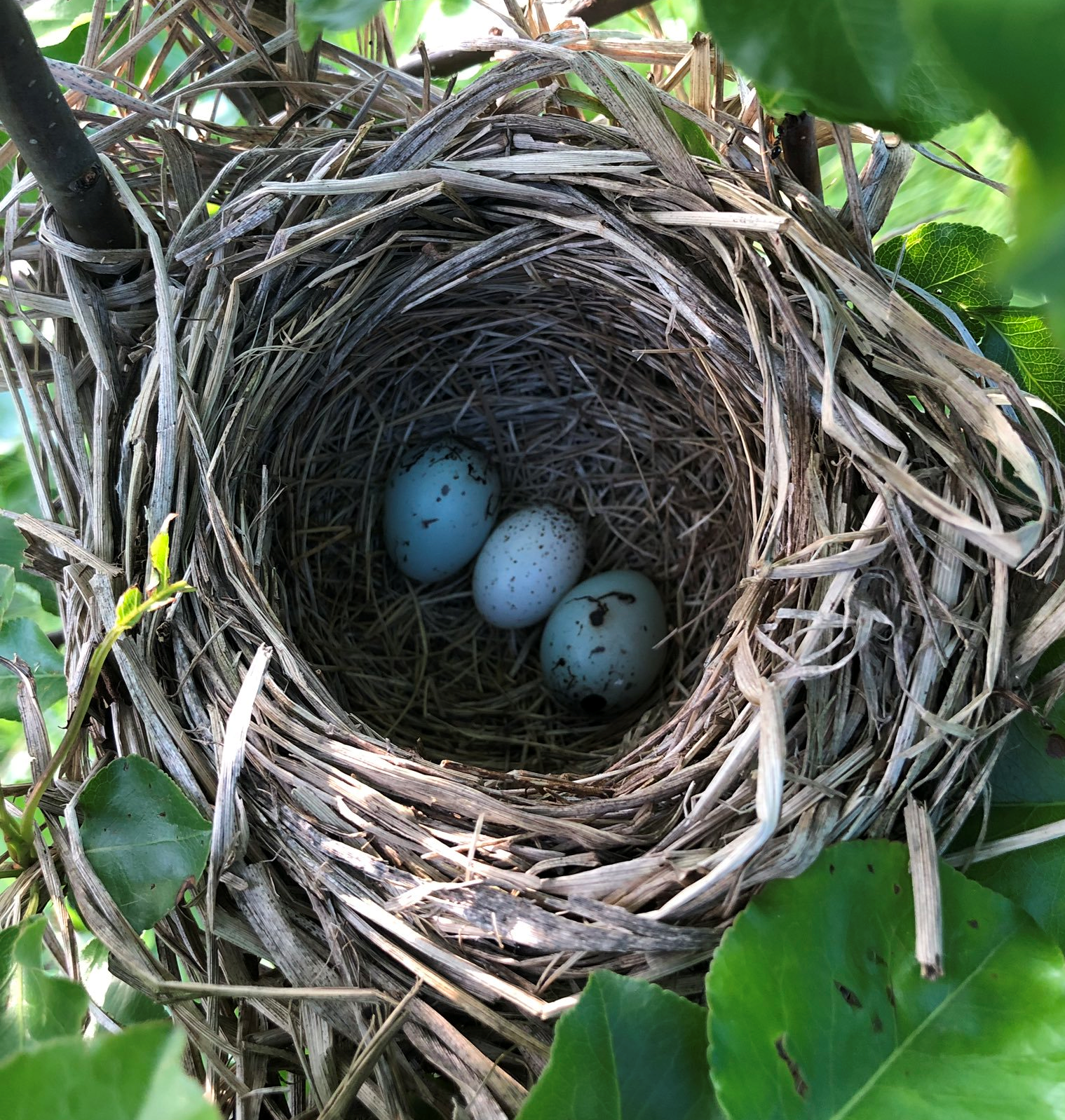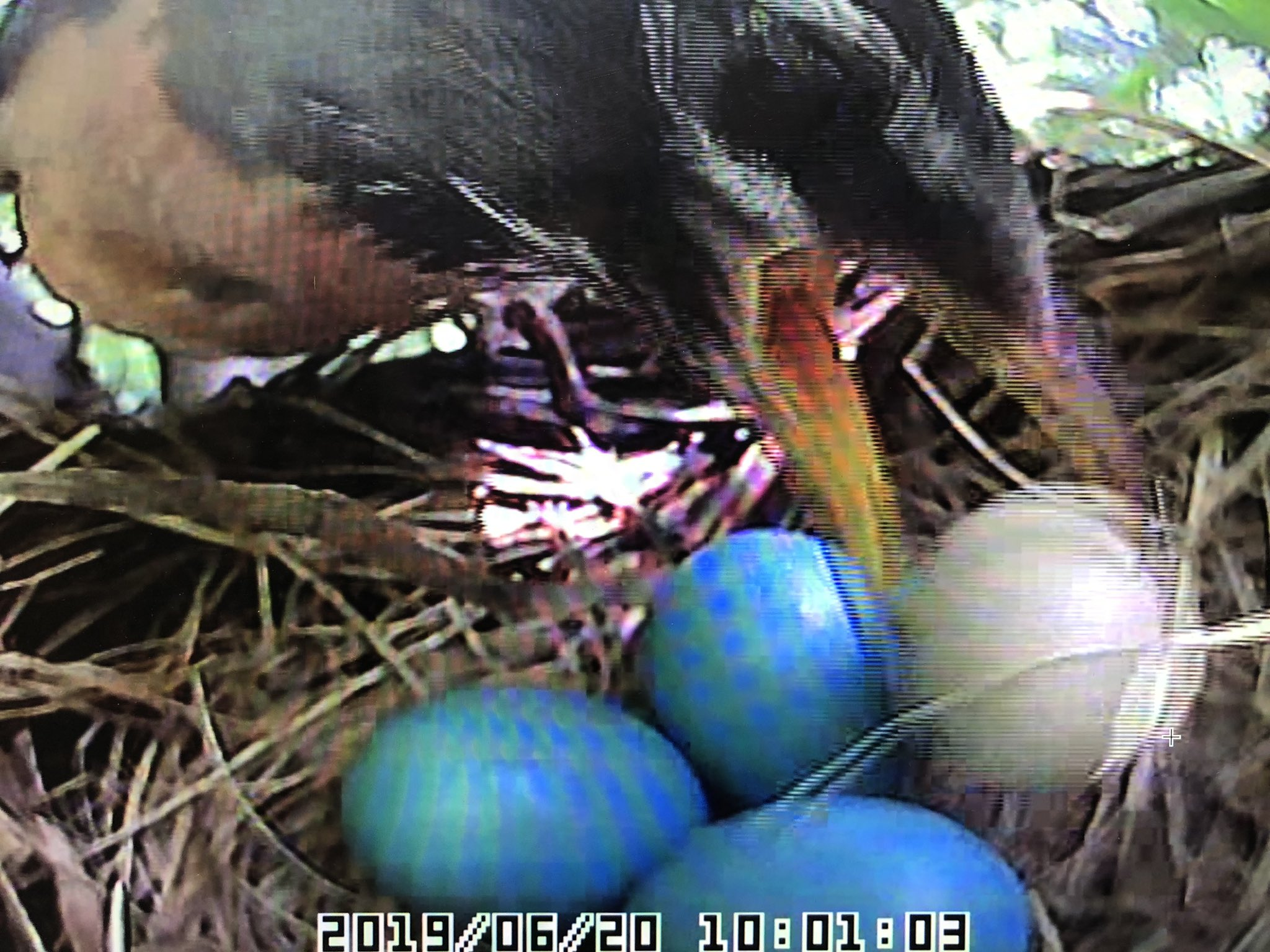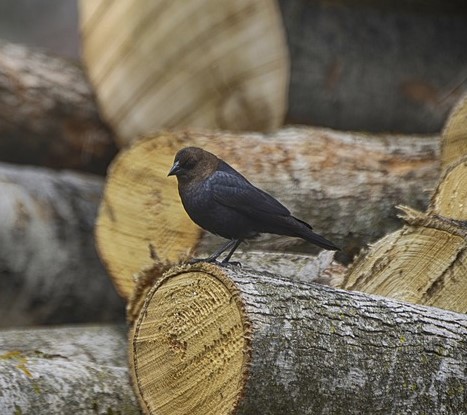Information about the Cowbird Lab.
 Research in the Cowbird Lab, also known as the Hauber Lab, focuses on the evolution of recognition systems. Shifting gears between behavioral, developmental, physiological, and molecular tools, we are studying the social and genetic consequences of species recognition in avian brood parasites, such as cuckoos, cowbirds, and whydahs and their hosts. Obligate brood parasitism in birds provides an exciting model system for the evolution of social behaviors because, unlike 99% of bird species, they lay their eggs into nests of other species and are reared by foster parents. Using hypothesis-driven comparative methods and meta-analyses, theoretical modeling and simulations, and direct observations and experimental treatments in the field and the lab, we test predictions of co-evolutionary arms-race hypotheses between parasites and their hosts. Several other projects in the lab tap into national and international collaborations throughout the world of birds, including the unique and often endangered sea- and shorebird fauna of New Zealand, as well as mammals, spiders, and other organisms from around the globe.
Research in the Cowbird Lab, also known as the Hauber Lab, focuses on the evolution of recognition systems. Shifting gears between behavioral, developmental, physiological, and molecular tools, we are studying the social and genetic consequences of species recognition in avian brood parasites, such as cuckoos, cowbirds, and whydahs and their hosts. Obligate brood parasitism in birds provides an exciting model system for the evolution of social behaviors because, unlike 99% of bird species, they lay their eggs into nests of other species and are reared by foster parents. Using hypothesis-driven comparative methods and meta-analyses, theoretical modeling and simulations, and direct observations and experimental treatments in the field and the lab, we test predictions of co-evolutionary arms-race hypotheses between parasites and their hosts. Several other projects in the lab tap into national and international collaborations throughout the world of birds, including the unique and often endangered sea- and shorebird fauna of New Zealand, as well as mammals, spiders, and other organisms from around the globe.
There are many different types of birds that are parasites. Unlike many commonly known parasites such as fleas, ticks, and bedbugs, however, birds don't harm their hosts by burrowing inside the skin or hiding between feathers. Instead, they lay their eggs in the hosts' nests and leave the raising of parasitic offspring to foster parents. Such birds take advantage of the hosts' parental instincts at the cost of the foster parents' own brood, and so, appropriately, are also called brood parasites. Click the tabs below to learn more about parasitic birds.
Our Principal Investigator is Mark E. Hauber.
Fly on over to our website here and be sure to check us out on Twitter at @cowbirdlab.
Nest Locations
Feasible locations of suitable host nests, the hosts nest-building acumen, and general parenting skills are observed by the parasitic birds and compared to other potential parents in the area. After a cuckoo or a cowbird is satisfied that her egg will receive the loving care it needs with a particular pair, she lays the egg. After that, the cuckoo or a cowbird has no regular contact with its chick, leaving this responsibility to the chosen stepparents.
Stepparents

The foster parenting arrangement is not an entirely friendly process. The chicks of cuckoos and cowbirds, once hatched, grow much bigger and much hungrier than their stepsiblings. In order to get a bigger share of the food that their stepparents bring home, cuckoos resort to pushing their nestmates (either as eggs or as nestlings) out of the nest. Cuckoo chicks grow so big, that they often barely fit in the nest and are twice the size of the stepparent.
Caring for another bird's chick is a heavy burden. The parasitic chicks eat more than their share which results in their stepsiblings getting less and growing smaller than their usual size. Some of the hosts developed ways to protect their young from being taken advantage of by the brood parasitic birds. Some, like chaffinches in Europe and American robins in North America, immediately recognize eggs that are not theirs and destroy them by grasping them, puncturing them with their beaks, or pushing them out of their nests. Others, like eastern phoebes nesting under the eaves of many homes in eastern North America, are more tolerant toward the intruder eggs, and typically sit on the eggs and raise the stepchild (or multiple stepchildren) as their own.
Importance
 One might wonder how it happened that some birds exploit others and why the host birds are allowing the exploitation. The host birds do suffer and, in evolutionary terms, lose fitness, because of the actions of parasites: hosts' own chicks are smaller, weaker, fewer, and have less chance for survival. In some cases, parasitic birds, by installing their eggs in the hosts' nests, contribute to the decline of rare and endangered host species.
One might wonder how it happened that some birds exploit others and why the host birds are allowing the exploitation. The host birds do suffer and, in evolutionary terms, lose fitness, because of the actions of parasites: hosts' own chicks are smaller, weaker, fewer, and have less chance for survival. In some cases, parasitic birds, by installing their eggs in the hosts' nests, contribute to the decline of rare and endangered host species.
Yet, both host birds and brood parasites are an important part of the ecosystem and biodiversity. Brood parasitic birds, including brown-headed cowbirds, are native to much of North America, and represent a unique component of the local biodiversity through their unusual reproductive strategies and one of the few instances among birds where brood parasitism has evolved. Migratory cowbirds are also protected under the Federal Migratory Bird Act, and so their eggs, young, and adults must not be destroyed.